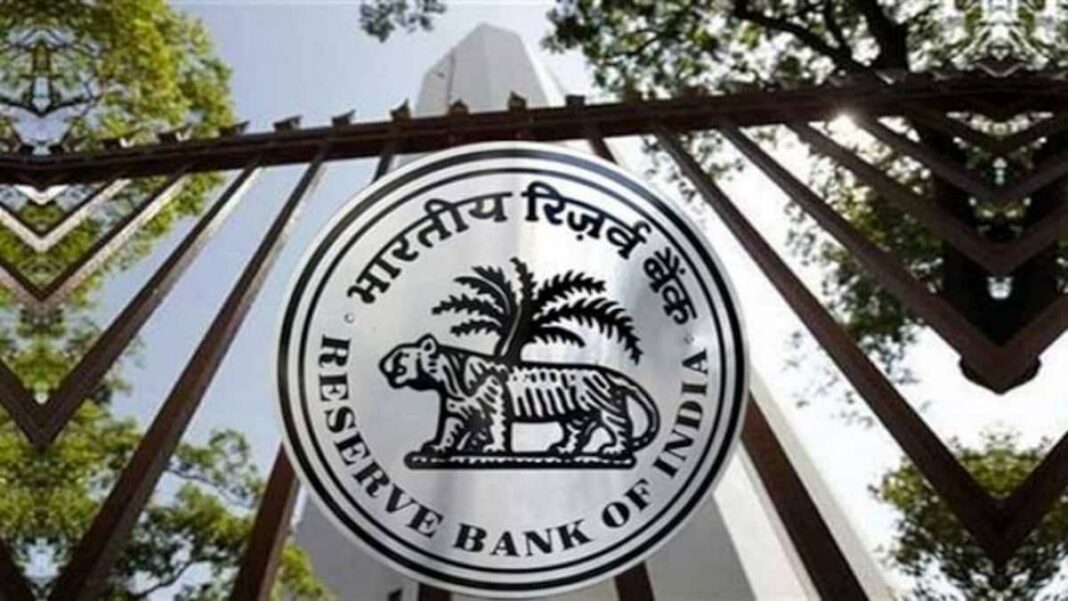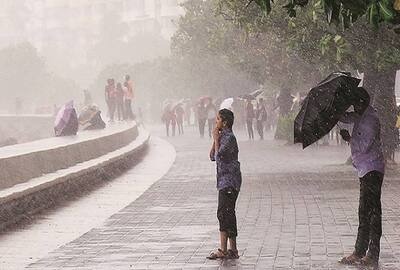
Follow WOWNEWS 24x7 on:

Travelers and airport staff across India are facing a sweeping wave of heightened security, with all airports and aviation facilities on maximum alert until October 2, 2025. The move comes after central agencies flagged the possibility of a major terror threat during this critical mid-September to early October window. Here’s a comprehensive look at the current situation, what prompted it, how it impacts travelers, and what steps authorities are taking to ensure safety.
Key Highlights
Bureau of Civil Aviation Security (BCAS) has issued a nationwide directive mandating strict security protocols across all airports, airfields, airstrips, helipads, flying schools, and aviation training facilities.
The advisory was triggered by intelligence indicating a possible terror attempt linked to anti-social or terrorist groups, with inputs specifically referencing the activities of a Pakistani-based outfit.
The alert period runs from September 22 to October 2, covering high-density air traffic times and coinciding with key festivals and political events.
What’s Behind the Security Alert?
Intelligence agencies received credible warnings about potential attempts to target civil aviation infrastructure during the alert window.
Senior officials cited rising regional tensions, recent cross-border terror activity, and the aftermath of high-profile security incidents—including Operation Sindoor and attacks in Pahalgam—as key reasons for the increased vigilance.
Both large city hubs and smaller airstrips, including aviation schools and maintenance facilities, fall under the security blanket to eliminate vulnerabilities at all possible targets.
What’s Changing at Airports? Here’s What to Expect
Security personnel, including CISF, police, and intelligence operatives, are on round-the-clock deployment at every terminal.
Access control has been tightened: All staff, visitors, contractors, and vendors must carry valid ID—and anyone without proper clearance risks being barred from facilities.
Severe restrictions are in place at terminal entry points, with checks extending to parking lots, service roads, and even cargo sections. Vehicles and baggage are subject to detailed screening.
CCTV monitoring is running non-stop, with security staff manning feeds and ready to respond to any signs of suspicious behavior. Mock drills and emergency audits are being carried out to prepare for threats.
Public advisories are repeatedly broadcast across terminals, instructing travelers to report unclaimed bags, odd behavior, or unattended items.
Passengers are urged to arrive at least three hours before departures as enhanced screening and secondary ladder point checks (SLPC) will be mandatory for boarding all flights.
Airport authorities have convened special meetings with airline representatives, ground handlers, and security to plug loopholes, review protocols, and coordinate region-specific drills.
Affected Zones and Broader Scope
The security directive is not limited to metropolitan airports; it covers more than 130 aviation installations countrywide, including remote or military-run airstrips, reflecting a desire to avoid blind spots.
Additional measures at sensitive border states and airports with recent history of threat calls or disruptions.
Implications for Travelers
Expect longer wait times at check-in, security, and boarding gates—especially during peak hours and festival travel surges.
Entry to terminal buildings is controlled; only ticketed passengers are permitted, with no walk-in visitors allowed.
Carry government-approved photo identification; follow all security instructions; stay informed using local advisories and airline announcements.
Be prepared for sudden checks, rerouted entry points, or even temporary holding at outer perimeters if security is elevated at short notice.
Why the Stringent Overhaul?
Officials stress the measures are preventative and based on specific risk intelligence—not intended to cause alarm, but to ensure no lapse leads to an incident.
The BCAS has demanded close, real-time coordination between airport operators, police, paramilitary forces, and intelligence agencies throughout the advisory period.
Quick communication of alerts and seamless action against red flags are top priorities, with zero tolerance for negligence.
Looking Ahead
Security protocols will remain at the highest level until October 2, after which the situation will be reviewed in line with the latest intelligence.
The government stresses that these steps are vital in creating a safe travel environment for the public and securing India’s aviation network against present-day threats.
Sources: NewsBytes, Economic Times, The Daily Guardian, Rediff, ABP Marathi




